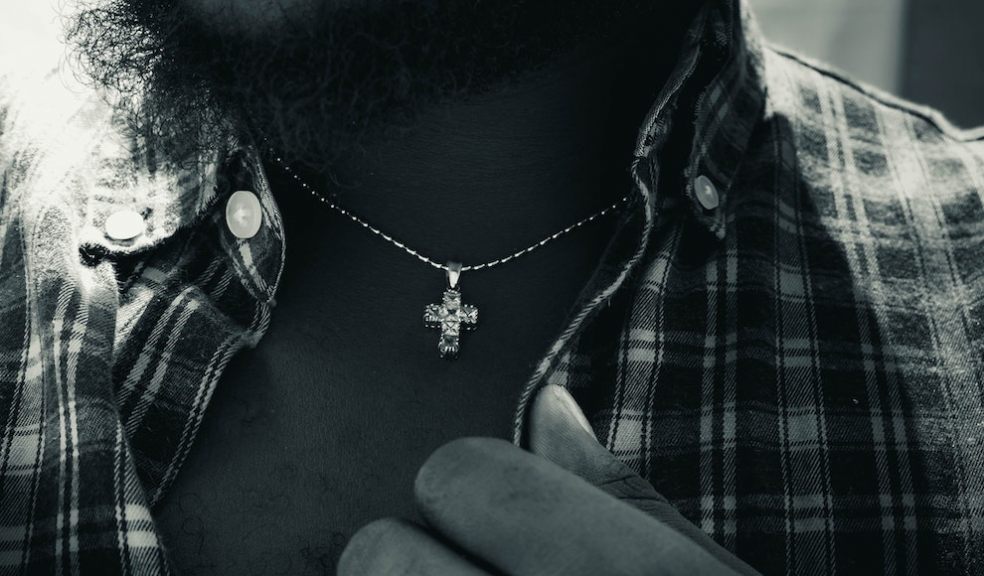
10 Tips for Caring for Gold-Plated Pendants
Gold jewelry has always communicated wealth and success. Men’s pendants add a touch of class and style to any outfit. Solid gold jewelry comes at an extremely high price point, plus gold is a fragile metal, so it doesn't make for the most lasting jewelry. A gold-plated pendant will be more affordable than a solid gold piece. Plus, the other metal alloys provide increased stability to help your jewelry withstand the test of time. Here are ten tips to help you care for your pendant and ensure it retains its luster and shine for years to come.
-
Know the quality of your pendant
Gold is a noble metal immune to rusting or tarnishing. However, other metals in the pendant’s alloy can rust. Knowing if your pendant is 14, 18, or 24-karat gold plated will help you determine how to care for your pendant. These numbers tell you how much gold is in the metal alloy which makes up your pendant. A 14-karat gold pendant has the least level of gold in the alloy, making it more likely to tarnish. An 18-karat men’s pendant is a more durable option, made from 75% pure gold. It has a moderate price tag, and the 25% metal alloys help the necklace endure the test of time.
-
Let lotions absorb before wearing
Even if your necklace is made of high-quality gold and immune to tarnishing, oils and lotions can still diminish your pendant's luster. Always remove your gold-plated jewelry to put on lotion, as the oils can cause your pendant to tarnish. Then let it absorb into your skin before putting your jewelry back on.
-
Avoid spraying with cologne
Chemicals in cologne can damage your pendant, making it appear dull, blemished, or stained. Simply wait until the cologne has set to put on your necklace.
-
Take off your necklace to do household chores
Although you won’t be spraying household cleaners or bleach directly on your necklace, these chemicals could still permanently damage the gold plating on your pendant. Avoid wearing your pendant whenever you come into contact with harsh chemicals, as they can slowly damage your jewelry over time.
-
Keep Your Pendant Clean
You’ll want to wear your pendant out and about in the world, which means it will accumulate a little dust and grime over time. Whenever you notice your pendant looking a little dull, soak for a few minutes in warm soapy water and gently scrub with an old toothbrush. Avoid anti-bacterial soap as this can make your jewelry tarnish faster. You can also use a jewelry cleaner. Just make sure it is formulated for gold. Some silver jewelry cleaners will damage gold-plate. Let your necklace dry completely before storing.
-
Polish with microfibre cloth
Use a microfibre jewelry cloth to buff your pendant after daily wear. This is an easy way to maintain your piece’s luster and shine. Again, be sure to choose a jewelry cloth manufactured for gold jewelry. Sunshine cloths, for example, contain micro-abrasives meant for use on silver that will permanently damage your gold-plated pendant.
-
Store in a cool, dry place
You want to be able to easily store and access your pendant so that it maintains its luminance and doesn’t become tangled with your other pieces. Remember, gold is a weaker metal. It could get scratched if you don’t treat your gold with care. Hang your necklaces on individual hooks in a jewelry cabinet, or store each piece in a soft cloth bag.
-
Can you get it wet?
Whether or not your pendant is safe in water depends on the brand you purchase. While gold-plate should be fine in the water, exposure to chemicals like chlorine can erode and damage gold-plated jewelry, especially at high temperatures. You may want to take off your pendant when you hop in the hot tub. Showering in your pendant should be fine, but your soap could cause your necklace to become dull faster. Some manufacturers like Craftd waterproof their jewelry to help prevent tarnishing. If the brand makes an effort to be waterproof, you’re probably safe to wear it for a swim.
-
If Your pendant’s not sweat-proof, don’t wear it to exercise
If a piece has been deemed waterproof, you’re probably safe to exercise in it. However, if the manufacturer made no note of taking extra steps to waterproof their jewelry, you should remove it before breaking a sweat. Sweat releases chemicals similar to oils and cologne, which can permanently stain gold-plate.
-
Use chemical cleaner to remove tarnishing
If you’ve had your pendant for a while and find that it has developed a tarnish, you can use Tarn-X tarnish remover to wipe and rinse the imperfection. Be sure to test the product first on an inconspicuous area, like the back of the chain, to ensure you won’t damage your piece.



















